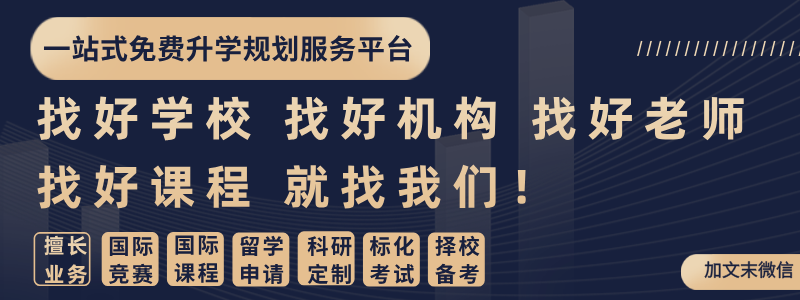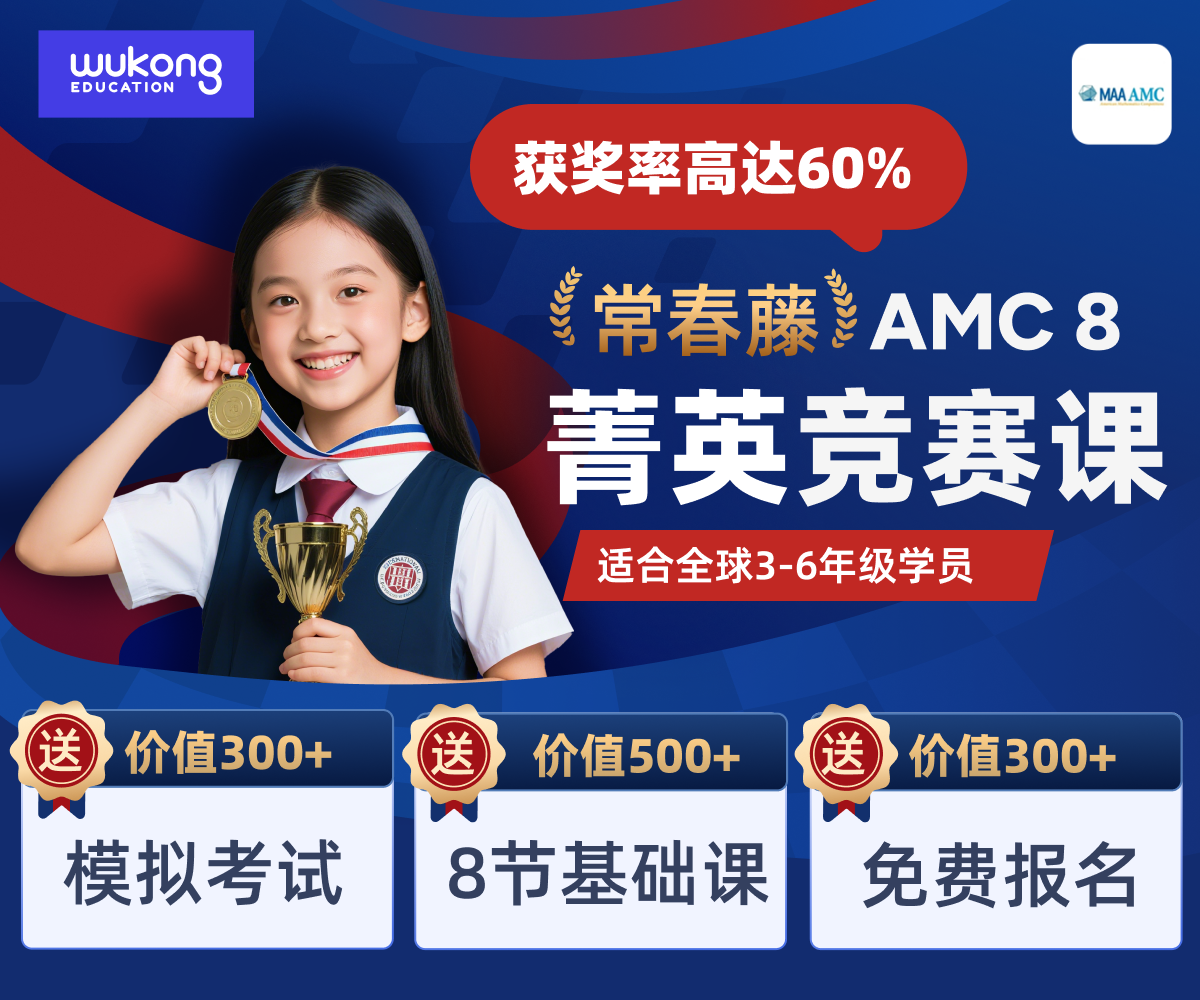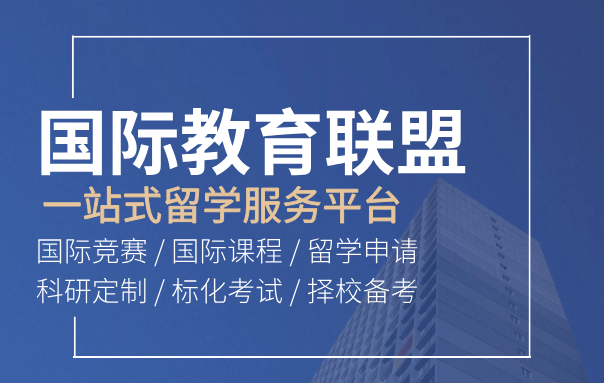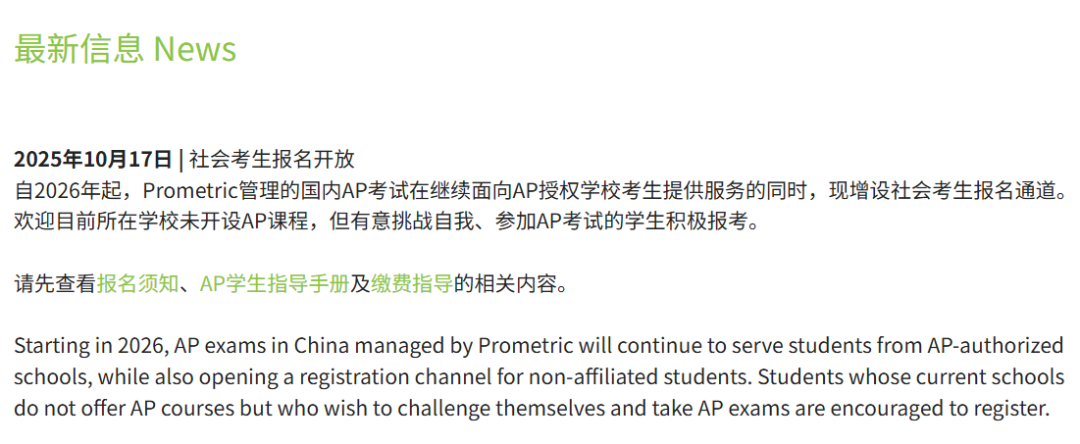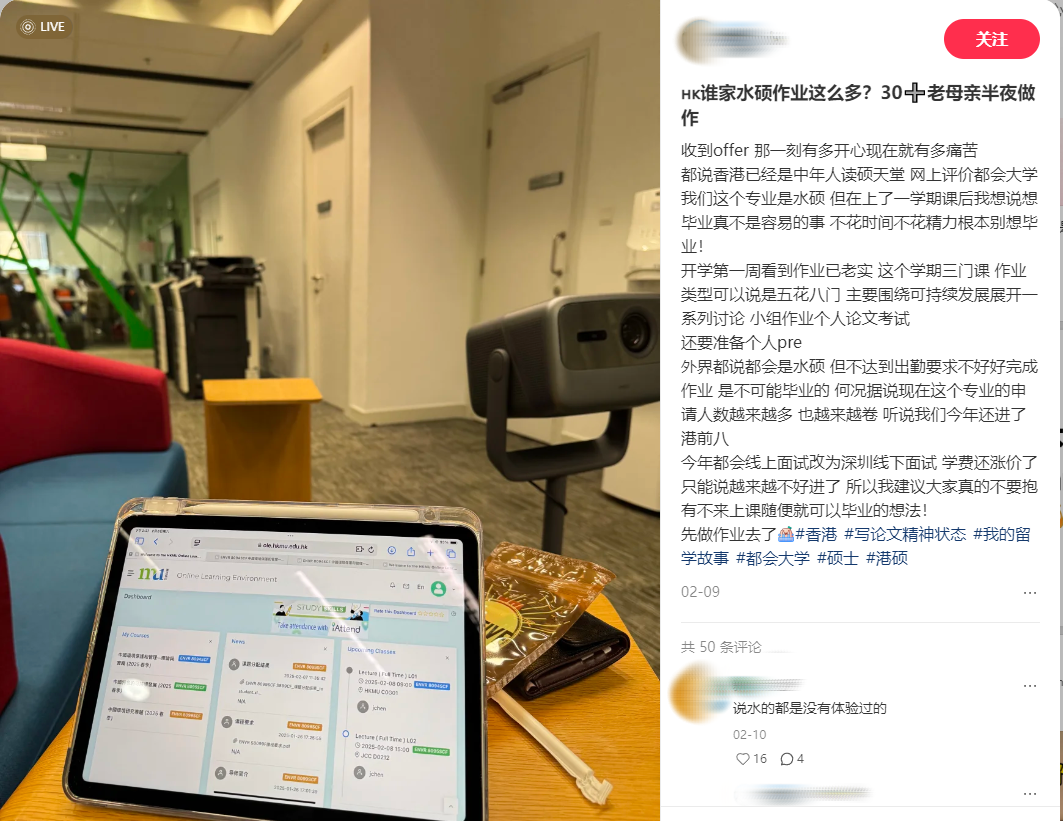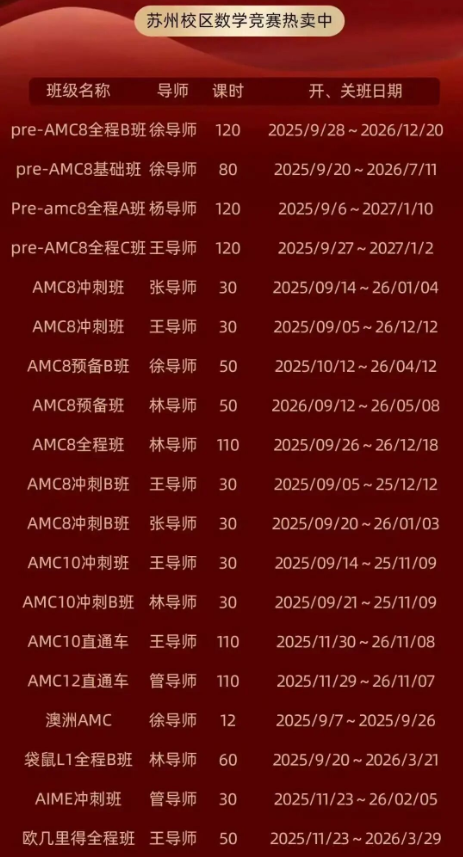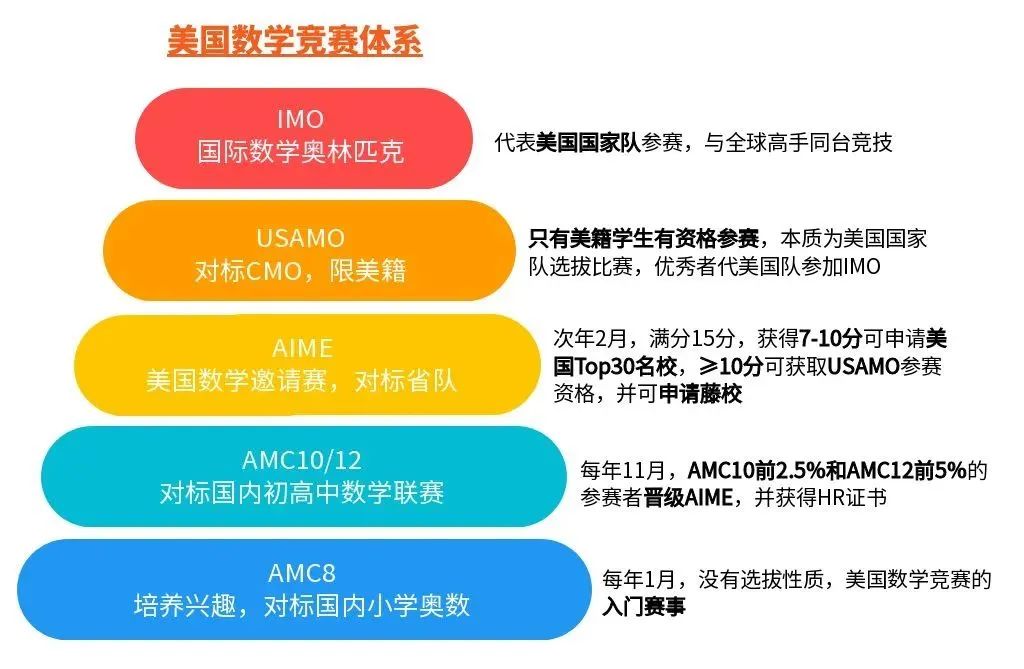高中组金奖文章
作者:Megan Haubrich (11th grade at Fred C. Beyer High School (Modesto, CA))
Dusty plains. Parched, crumbling earth. A scorching sun. This is Kenya - an East African nation that climate change and exponential population growth have left clamoring for clean water. However, a recently developed technology could finally quench Kenya’s thirst, and it's thanks to real-world magic: engineering.
Water is liquid gold in Kenya. Rain arrives unpredictably in the country’s arid lands, causing dire shortages. In a population of 54 million inhabitants, three-quarters of which reside in rural communities, nearly half of Kenyans lack reliable access to water (The World Bank Group, n.d.). These shortages impact all aspects of their lives and hinder progress to multiple of the UN’s Sustainable Development Goals. Food insecurity rises as farmers struggle to care for crops. The necessity for many to drink contaminated water jeopardizes health, resulting in deaths from preventable diseases. Women and children remain burdened by the time-intensive responsibility of water collection, which often forces them to forsake educational and economic opportunities (Unesco, 2021).
Budding innovator Beth Koigi is intimately familiar with Kenya’s crisis, having faced the stress-inducing consequences of water insecurity while studying at Chuka University (TEDxFasoKanu, 2019). There, tap water was murky and laden with sediment - practically undrinkable. As Kenya’s water supply continued to diminish, Koigi was inspired to contemplate the nuanced relationship between climate change and water access. While attending the Global Solutions Program at Singularity University in Silicon Valley, she met like-minded thinkers including Ukrainian-Canadian environmental scientist Anastasia Kaschenko, a UN Environment’s Young Champions of the Earth finalist in 2018, and British economist Clare Sewell (UN Environment Programme, 2018).
Together, these women questioned if they could provide water for underserved communities with a universally accessible and nearly inexhaustible resource - air. “There is six times more water in the atmosphere than in all of the rivers in the world combined,” according to Kaschenko in an interview with Trent Magazine. Additionally, global climate change is only causing the amount to increase. These observations became the basis for Majik Water: a sustainable atmospheric water generation system.
In designing the product, the all-female team addressed multiple constraints. Traditional air-to-water devices utilize the process of condensation, where gaseous water molecules are slowed by their interactions with a cooled surface, forming liquid. However, maintaining this process requires large amounts of energy and equally high costs (TRENT Magazine, 2019), rendering typical atmospheric water generators inaccessible - especially for rural Kenyans.
The team turned to non-toxic drying agents, like silica gel, as an affordable, low-energy alternative. Also called desiccants, these materials absorb water from their surroundings and release it in response to heat. The team also utilized solar power to protect local ecosystems and ensure the device could be used “off the grid.”
The finished product is inclusive, promising that “if you have air, you can have drinking water” (le Cam, 2020). It uses a solar-powered fan to intake moisture-laden air, from which water vapor is absorbed by desiccants. Expelled through heat, water molecules condense as they travel down a cooled condensing coil into activated charcoal filters, resulting in ready-to-drink water stored in antimicrobial tanks (TEDxFasoKanu, 2019).
While still in its infancy, Majik Water has already had a tremendous impact. In 2019, the company partnered with The Ark Children’s Home - an organization that houses and educates Kenyan orphans from water-scarce regions - providing a device that generates 50 liters of atmosphere-derived water daily. The company is also working with several global partners from Denmark to South Africa to increase water access on a larger scale. Their efforts promise to further numerous sustainable development goals through increasing crop yields, promoting health, and empowering women and children by freeing up valuable time.
As shortages continue to threaten health and wellbeing, many Kenyans wonder if they will ever have reliable water access. However, technological innovation provides hope. Through the magic of engineering, Kenyans may finally drink in abundance.
文章亮点:对可持续性发展理念进行了深入全面的探讨,关注到了工程学学科在结局具体问题时的多种思路以及不同思路的利弊。


